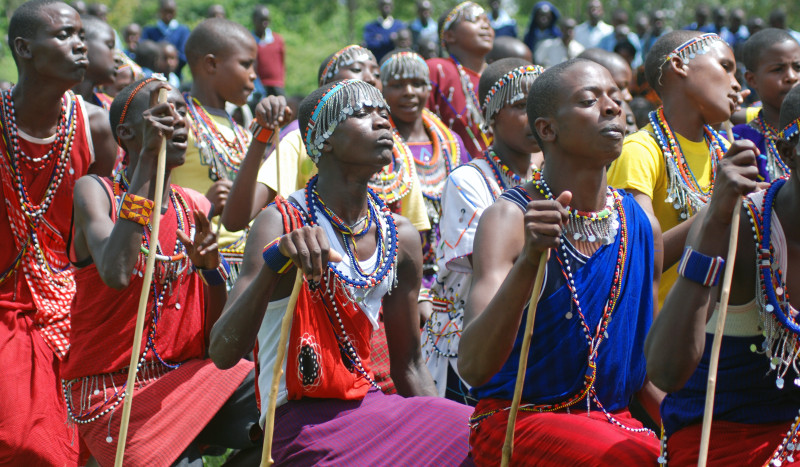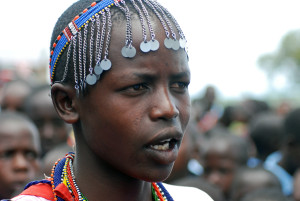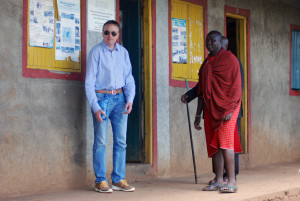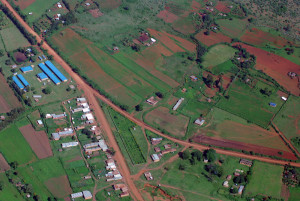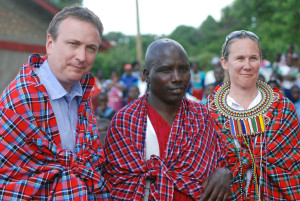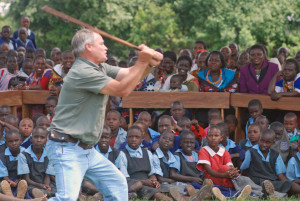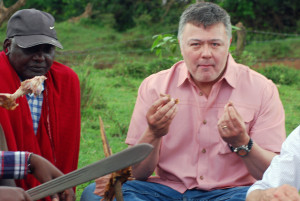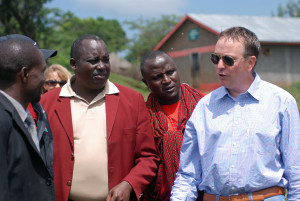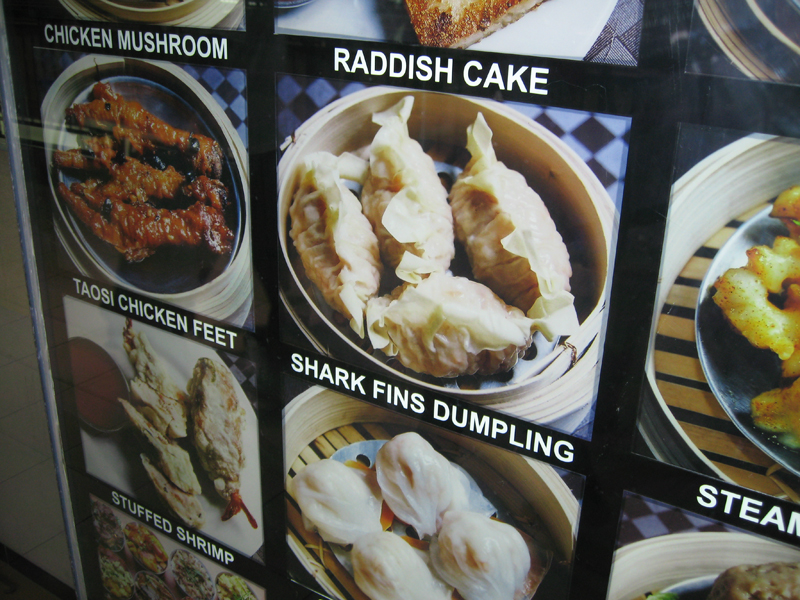It is 15 years since I spent 6 months walking in parts of Maasailand. It was one of the most complicated of all journey´s I have ever done. To a certain degree due to the team´s composition, but most of all, understanding the Maasai culture was much harder than I had expected. Plus, which obviously didn´t help, this was a year of a very bad drought which killed thousands of heads of cattle in this area, incorporating Kenya and Tanzania.
As with Africa I general, ignorance about the Maasai outside Africa is huge. It is not one group of people, but consists of 16 different clans within what is considered Maasai and the difference between the biggest clan of them all, the il-kisongo, primarily situated in Tanzania, and one of the smallest, il-siria, who can be found around Mara West, isn´t huge, but for the Maasai it is. The il-siria are known to eat certain items not liked among the kisongo. For an outsider those are small details. But, the differences can be seen in the choice of colors on dress and attire for women. But, by the day this is getting harder.
Modern society is moving in with their demand for money, which forces the Maasai to get more urbanized and drop traditional dress and get Western education. Most of my friends from the journey back in the year of 2000 have all together dropped traditional dress, even at their own homes the manyatta, and use the mobile phone frequently. But they are still Maasai and all their family life is based on the traditions of the old culture.
During my last journey to Africa, just recently, I had an opportunity to see the two worlds moving when the group lead by Jeff Willner went to visit one of their important school projects together with Andy Aho at Mara West. I was happy to hear that one of my clients who joined me back in 2014 had donated money for a new school house. This was rally a meeting between the past and present.
The elders are still in power, but it is increasingly coming under threat even in their own villages now, as modern society demands issues like equal rights between men and women and this is still lacking in the traditional society. But like Andy Aho and Jeff Willner, part of the deal when they´re helping out to help a village get a decent school to offer education and possibilities in the modern society, is demands for equality and more women on the board. And, no matter how much understanding I have, personally, for preserving traditional societies, if it isn´t good enough according to the standards we have today, they have to change and assimilate. If it is better or not, I cannot say.
I admire Andy Aho for having living on and off quite a demanding life during 20 years in Africa. He is quite a personality and is just worth a visit by itself. It was really interesting to see his discussions and negotiations with the Maasai, who´s life is so different to the one in the West. And East! The elders spend most of their time, still today, communicating in one way or the other. For an outsider it looks like they´re lazy and inactive, but considering that we are social human beings from the beginning, they´re doing something ageless and most likely very important. But it isn´t working to well in these days, when things have o move with the speed of the lightening. There´s no doubt the young one´s are changing fast with modern education, even though when performing for visitors and at celebrations, they still have their skills intact.
We finished off our visit with some traditional meat eating. Men and women separate. And they still grill it to hard on the outside and to red and juice on the inside. But the Maasai continue to be one of the most interesting group of people on earth!
*Photo album from the journey here!
